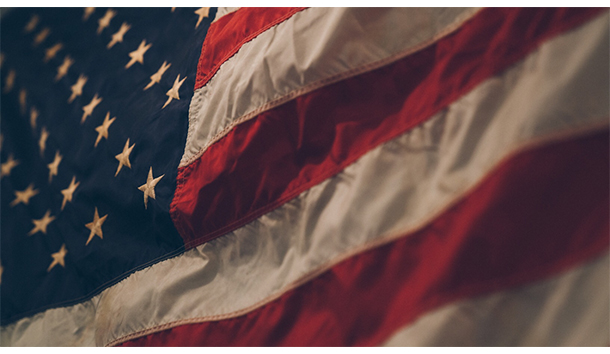We often hear opponents of U.S. action abroad denounced as “anti-American.” On the other hand, these alleged anti-Americans present themselves as anti-interventionists—opponents of the policy and not the country.
So how to tell the difference? One sign of anti-Americanism is the surrounding rhetoric used by the opponents of intervention in question: Are they screaming about the evils of capitalism and how it’s All About Oil? Are they wearing a Che Guevara T-shirt that looks (and smells) like it hasn’t been washed since Khrushchev admitted to Stalin’s crimes?
If so, you’ve got a commie on your hands.
This is the archetypal anti-American: your garden variety leftist who, today, sits on his front porch with a bewildered look on his face. Weren’t the Russians supposed to be the Good Guys and the evil capitalists the ones who were undermining our democracy at every turn? More head scratching follows. Yet now it seems it’s the Russkies who are manipulating the election results—why, they’re going right into the voting booth with you and changing your vote!
The anti-American finds practically nothing good that’s worth saying about this country. We slaughtered the Indians, we took their land, we interned the Japanese. Indeed, of all dark deeds committed in this hemisphere, 99 percent of them appear to have been carried out by the Enemy of All Mankind: the White Man.
As our recent obsession with race continues and even accelerates, it seems like this demonization process has gotten crazier, infiltrating and poisoning even the most personal aspects of life.
On the other hand, while these wackos may make a lot of noise, waving their hammer-and-sickle flags, chanting their obscure slogans that few onlookers will understand—“Free Mumia Abu-Jamal!”—there are some real, authentic anti-interventionists walking around. Here’s how to recognize them.
For one thing, they don’t go around praising whatever bloody-minded lunatic of a dictator the U.S. is currently trying to overthrow. Instead, they point out that we have no right to interfere in the internal affairs of another nation and that our intervention will only make things worse.
Another way to recognize these folks is that they invariably ask the crucial question: Then what? What comes after the regime change?
Another crucial question: What kind of an antiwar movement is being built? The anti-Americans are invariably sectarian. That is, they have a laundry list of causes you simply must join before they’ll admit you into their ranks.
Whereas the ordinary, decent anti-interventionist is interested only in the issue that brought him to the movement in the first place, and tends to resent dragging in the peripheral.
The real anti-interventionists aren’t afraid to utilize the symbols of American patriotism—the flag, for instance—to make the point that they are protesting because they believe American interests aren’t being served.
The commies and other confused people don’t give a hoot about American interests. They just want to see this country defeated, no matter what the cost.
The anti-American wing of any movement to dislodge Washington from yet another place it doesn’t belong rarely succeeds, but then again that may not be their point to begin with: Their goal may simply be to shock the bourgeois with their march down the street as they protest, waving red flags and denouncing this country’s very existence. Who cares about convincing anyone, when shocking people is so much more fun?
And who knows? As they march and scream and set things on fire, the anti-Americans might even succeed in recruiting some hapless soul to their tiny, historically irrelevant sect.
Most people are unaware of America’s depredations abroad and would be shocked if they knew the details. Yet they’ll never learn those details from a platoon of crackpots, weirdos, and dedicated ideologues who care more about the Russian Revolution of 1917 than the American Revolution of 1776.

Leave a Reply